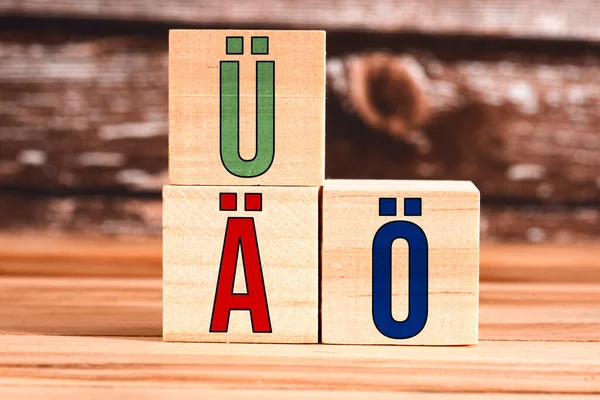

Nevertheless, there are also some masculine nouns that end in umlaut + – er (also these must be learned): Mann, Wald, Rand, Mund, Strauch (Mann → M änn er, Rand → R änd er) (being rather the “neuter plural”, see next). The following nouns add just – e in plural (these we have to learn): Ort, Wal, Laut, Mond, Hund, Halm, Schuh, Pfund, Pfad, Triumph (Ort → Ort e, Hund → Hund e).Ģ. b) But not all of them add umlaut dots.a) The most typical ending of masculine nouns is umlaut (if they contain a, o, u) + – e: Schrank → Schr änk e, (Schreib-)Block → Bl öck e, Tisch → Tisch e, Film → Film e, Freund → Freund e.Only in dative plural, they add an extra – n over their regular plural: der Stuhl → die Stühl e (regular plural) → von den Stühle n (dative plural). Very important: masculine and neutral nouns normally don’t end in -n in plural. They add umlaut + – e: Kuh → Kühe, Hand → Hände, Maus → Mäuse, Ankunft → Ankünfte (being rather the “masculine plural”, see next). The most typical feminine (or gendered) nouns ending in – in (nationalities, professions, some feminine animals) add – nen (the – n– must be duplicated for phonetic reasons): Spanierin → Spanierin nen, Rezeptionistin → Rezeptionistin nen, Löwin → Löwin nen.Įxceptions from this regular feminine nouns are the following: Angst, Axt, (Sitz-)Bank, Braut, Brust, Faust, Gans, Haut, Kuh, Kunst, Maus/Laus, Hand/Wand, Wurst, Nuss, Luft, Kraft, Macht, Nacht, Naht, Schnur, Stadt, Sucht, Zu-/Ankunft.Feminine nouns ending in consonant (including Frau) add – en: Universität → Universität en, Kreuzung → Kreuzung en, Frau → Frau en.The only exceptions are: Mutter → M ütter, Tochter → T öchter.

Feminine nouns ending in -er or -el also add just – n: Schwester → Schwester n, Mauer → Mauer n, Tafel → Tafel n.All the nouns (including masculine and neutral ones!) finishing in -e just add -n: die Tasche → Tasche n (der Junge → Junge n, das Auge → Auge n).About 95% of the feminine nouns finish in – (e)n.ĭepending on their endings, there are 4 variations but the important fact is all of them end in – n: Just as for the article rules, also the plural of the feminine gender is the easiest and most regular one. I already published 2 posts about this issue that many students struggle with: part I, part II.

This is just another reason that shows why it is so important to learn the gender, i.e. Like other languages that decline nouns, such as Greek or Polish, in German, too, this topic depends on the gender of a noun. There are some important rules that I am going to explain in this post. Forming the plural of German nouns is not as complicated as you may think.


 0 kommentar(er)
0 kommentar(er)
